Blog
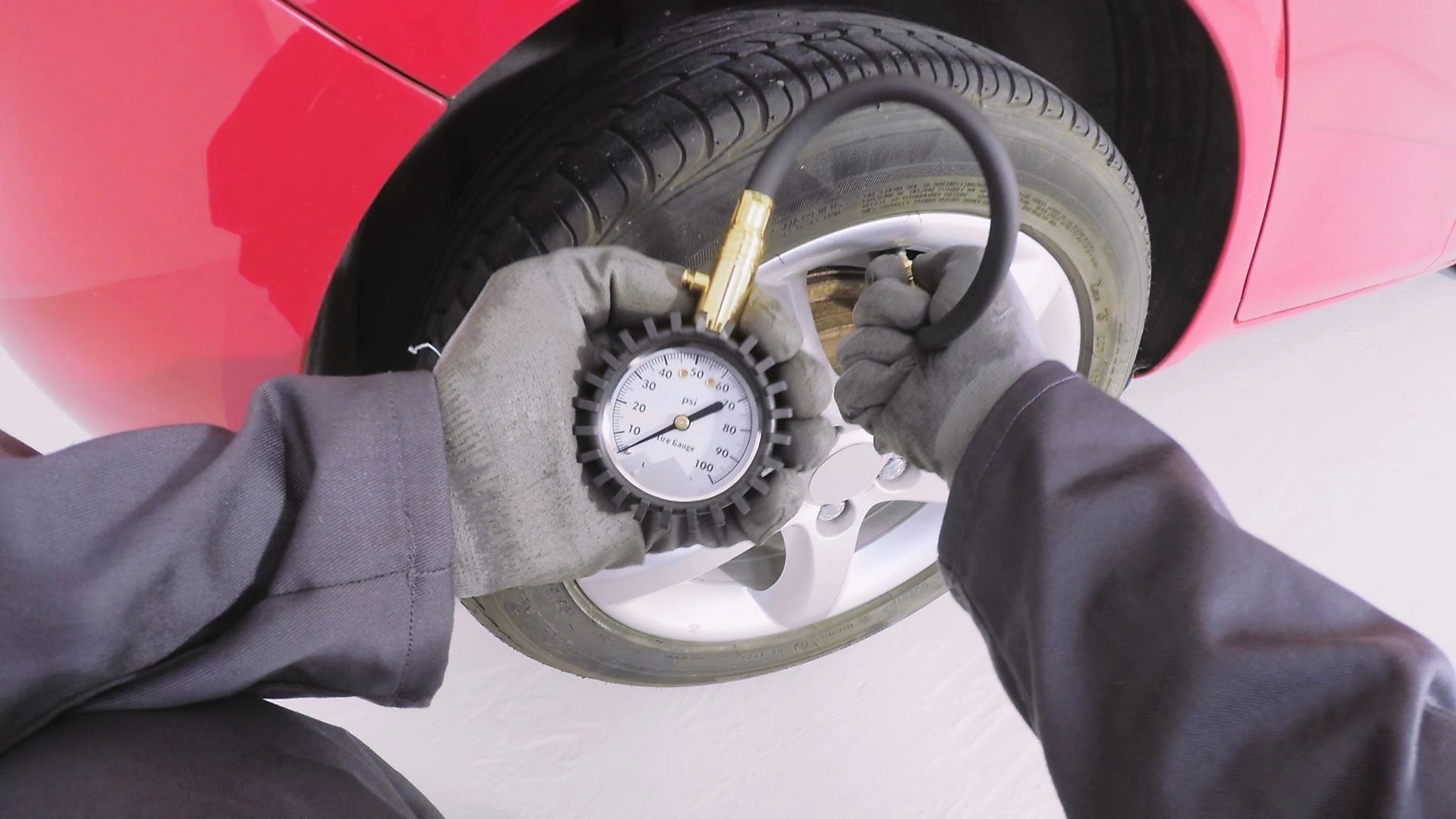
Checking and Adjusting Your Vehicle’s Tire Pressure
A frequent question we get from our customers here at Car Parts Nigeria is, "What can I do to maintain my own car, to avoid paying someone else, and to extend the life of my vehicle?" It's a great question, and our staff is always encouraging owners to learn more about their rides to do just that.
Possibly the simplest, most cost-effective, yet valuable maintenance task that any owner can perform is checking and setting the tire pressures on their car or truck. There are a few reasons why this is not done as often as it should: modern wheels and tires are better at holding air; drivers don't own a tire pressure gauge; and if a tire needs air, it means finding a place with a compressor, where compared to the old days, you may be charged for it. It's become too easy to ignore this basic but necessary task.
We're here to tell you that not only is this super-easy, but it will also pay huge dividends in tire life, ride quality, and your own safety! Follow our basic checklist below, and you'll not only be doing your car a huge favor; you can also proudly say that you accomplished something worthwhile for your automobile.
The Importance Of Maintaining Tire Pressure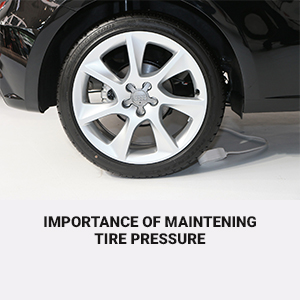
As Nigerians drive larger and heavier vehicles, the weight of these vehicles has steadily gone up. It's not unusual for a full-size SUV to weigh 5,000 lbs. (2 1/2 tons) or more. Yet no matter how heavy the vehicle, the only contact between it and the road are the four small contact patches where the tires touch the pavement. These measures only a few square inches, and it is proper tire pressure which maximizes the tires' ability to do their job, allowing the driver to safely steer, accelerate, and brake, all while providing some degree of comfort for the passengers.
Rubber, the principal component of tires, is a natural material, and as such, it always allows some air to escape. Today's technology minimizes that escape but cannot completely eliminate it. Sooner or later, all tires will lose some air pressure. When that happens, the tire's ability to maintain that contact patch diminishes. Tires low on air run hotter, heating the rubber to a point where it could fail and cause a blow-out. In a worst-case scenario, tires that are significantly below their recommended pressure will prevent a driver from performing proper steering or braking maneuvers, compromising the safety of everyone on board.
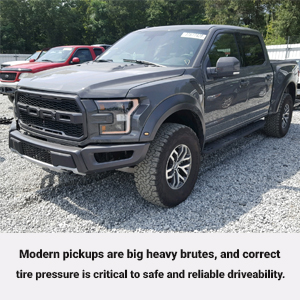
There are other reasons to make sure that all pressures are up to spec. Tires are expensive, and you should maintain the ones you have to maximize their useful life. Under-inflated tires wear much more rapidly, in some cases diminishing life expectancy by 50% or more. The impact to your wallet is not just the cost of a new rubber: fuel mileage is negatively impacted too. Let's say your 5,000-pound barge only gets 20 miles to the gallon; low tire pressures can drop that by 25% or more, and at 12,000 miles a year, this adds an additional N310,400 in fuel costs (which could pay for your next set of tires!).
Add it all up: longer tire life, better fuel economy, and a safer ride can all be accomplished by simply checking tire pressures on a regular basis. Here's how to do just that.
Purchasing A Tire Pressure Gauge
Start this process by purchasing a tire pressure gauge, and keep it in your vehicle at all times. This way, whether you are home or away, pressures can be checked should the need or desire arise.
You don't need to spend a small fortune on a tire pressure gauge; in fact, we recommend some which will give you change back from a N2000 bill. The 'pencil' type gauges, while not necessarily the most accurate, are still good enough for a first gauge. They easily fit in a door pocket or shirt pocket. The Slime brand Pencil Tire Gauge has a range of 5 to 50 PSI (Pounds-per-Square-Inch), which covers what 99% of cars and light trucks will need. For literally a buck or two more, Performance Tool has one that goes up to 120 PSI and will work for your road bike too.
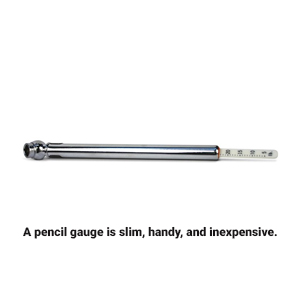
Dial-type gauges take up slightly more room but are slightly more accurate. This gauge from Professional Products has an advantage over many other dial gauges: a long rubber hose which gives you better access to the valve stem, especially one hidden behind a wheel cover.
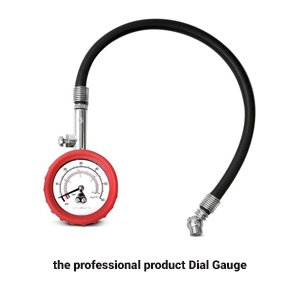
When And How Often To Check Tire Pressure
How often should you be checking pressure in the tires? And is there a 'right' and 'wrong' way to do it? We acknowledged at the start of this article that this is a simple task that can provide you with a good deal of satisfaction, especially if you're new to performing any kind of vehicular maintenance yourself. But there still are procedures to follow to ensure it's being done correctly.
Generally, it's recommended to check all your tires about once a month. If the tires are older and more likely to lose air, or if you drive more than the average number of miles, they should be checked more frequently. Some fastidious owners check tire pressures with every fuel fill-up. What's important is that you're making the effort on a regular basis.
Is it OK to check them at a rest stop halfway to your summer vacation spot? Absolutely not! It is critical to understand that tire pressures should always be checked when the tires are COLD, meaning, the vehicle has sat long enough for the rubber to be about the same temperature as the ambient air.
Once you're driving down the road, tires heat up quickly; typically, within a few miles. As they heat up from rolling friction, the air inside them also heats up, expands, and increases in pressure. Checking a hot tire will always give an erroneously HIGH reading. Drivers have gotten into trouble by bleeding air out of hot tires, resulting in seriously underinflated tires.
The BEST time to check tire pressures is in the morning when the car or truck has sat overnight, and before the sun has baked them for half a day. (A non-driven car that has sat in the warm sun will give readings that are 5 to 10 PSI higher than 'cold' tires.)
Call us today on wa.me/2349099995678 for your DAIL GAUGE and also Pencil GAUGE, we have the best quality in stock.
source:carid.com
Posted on June 2020,03 // Author: Admin